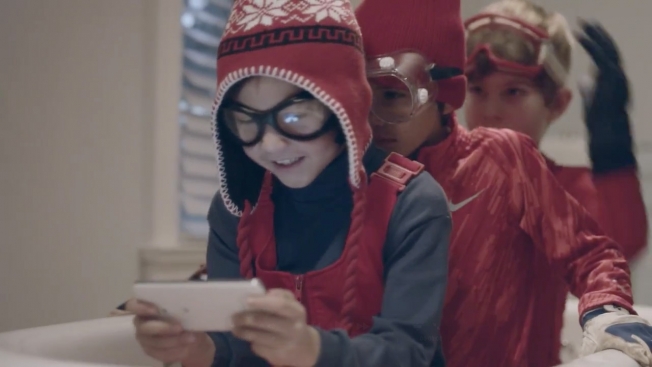Portfolio sites like Behance are very important for people in the creative field because of how heavily these individuals are involved with creating brands and images. Many graphic designers who freelance or are searching for jobs try to display different logos and brands that they have worked with in the past. However, if these designers have no way to show that they can brand themselves, it can be difficult to gain the attention of potential clients and employers. The Behance site allows people to create an effective brand for themselves and lets them implement it throughout different social media platforms. This helps create the buzz needed for other users and studios to find different designer's work and possibly hire them.
Most importantly Behance's usability is quite simple, in the sense that it steers clear of differing from other social media sites. If someone has used Facebook or Twitter, Behance will be easy for them to pick up. Also, the integration with Adobe greatly helps out with the ease of posting projects. Along with all these features, Behance offers a ProSite application where users can create a more professional looking website that can bring your portfolio to the next level. Although ProSite costs monthly to use, the actual portfolio is free for anyone and it is a great way to create an easy site to allow you as a brand to truly shine through design community.
Below is a video on creating a ProSite, and here is a link to my ProSite as well. Enjoy!

















